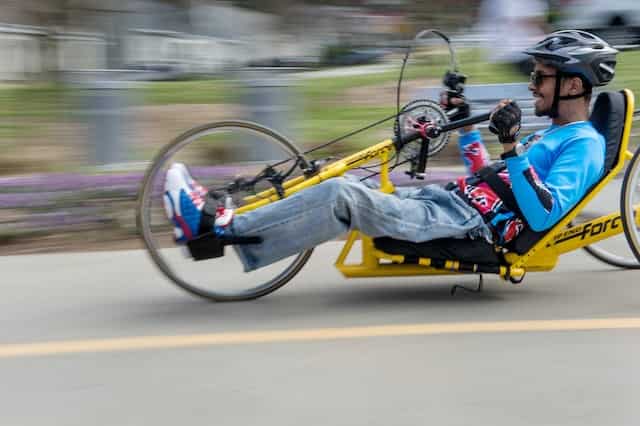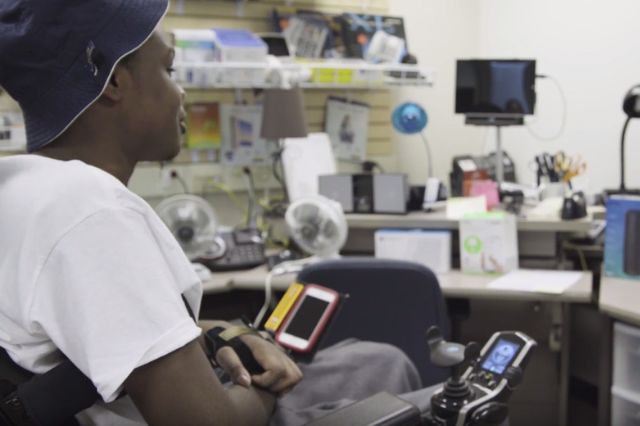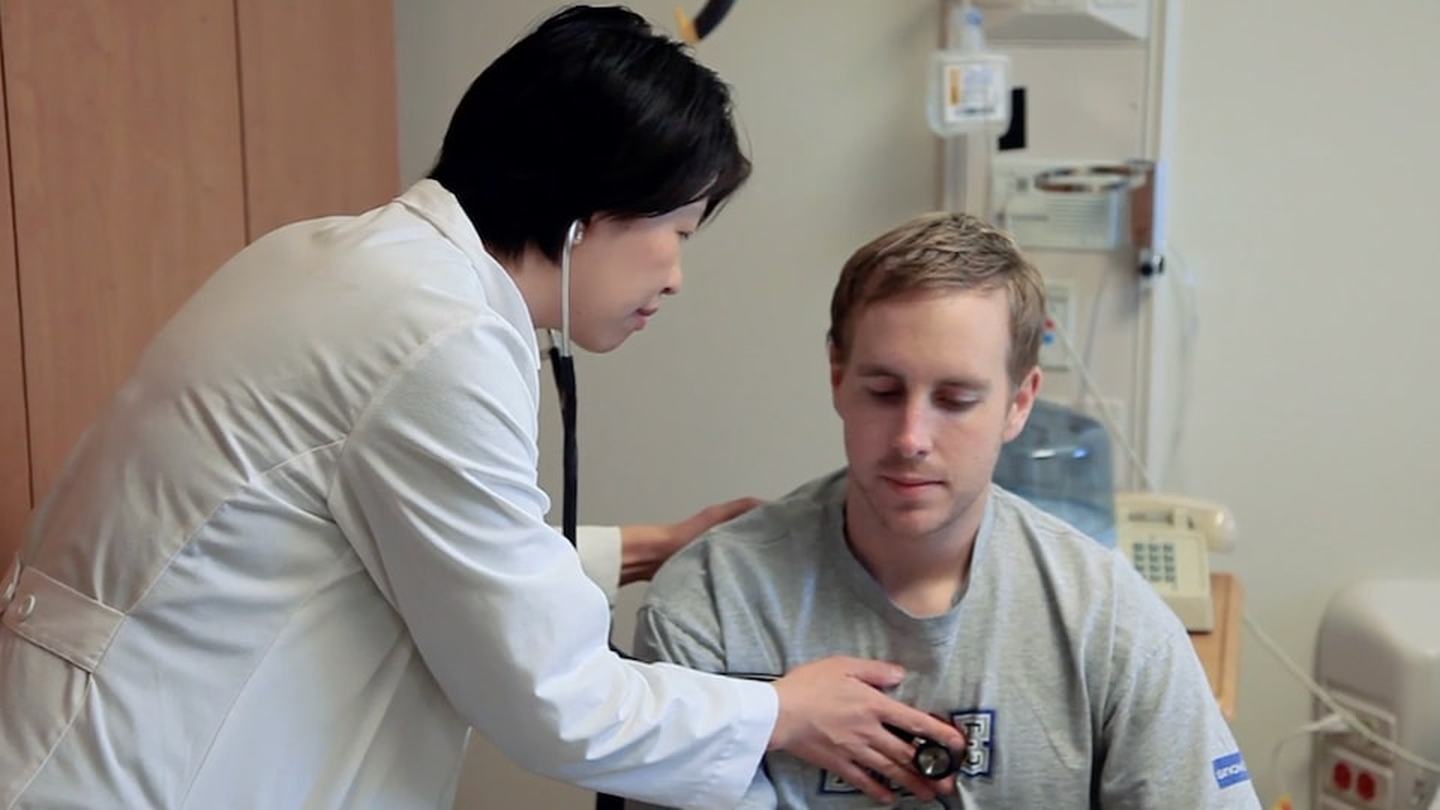Spinal Cord Injury Diagnosis
Diagnostic Tests for Spinal Cord Injuries
Diagnostic tests for spinal cord injuries may include a CT scan, MRI or X-ray These tests will help the doctors get a better look at abnormalities within the spinal cord. Your doctor will be able to see exactly where the spinal cord injury has occurred.
A complete neurological exam will be performed a few days after the injury. This length of time will allow any swelling to subside, which will allow your doctor to diagnose the severity of the spinal cord injury and predict the likelihood of recovery and the possible outcomes from treatment.
Severity of a Spinal Cord Injury Diagnosis
A spinal cord injury will have more effect on a person’s movement, feeling and control the closer the injury is to the brain.
- Tetraplegia, also known as quadriplegia, may result from an injury to the cervical vertebrae, which is close to the neck.
- Paraplegia may result from injuries to the thoracic or lumbar areas, which are in the middle to lower back. This type of injury typically results in paralysis of the legs and lower part of the body.
Spina cord injury treatment is informed by your spinal cord injury diagnosis. Timing and medical history, physical examination and diagnostic tests will help your doctor diagnose the possible outcomes and chances of recovery.
Timing and Medical History
Timing and medical history are two important factors in diagnosing a spinal cord injury. The faster a patient can obtain treatment, the better the chances for recovering from the injury.
Also, it is essential to understand how the injury occurred and know a patient’s medical history. Your doctor will need to know if you've had any of the following prior to your medical emergency:
- Pain in your neck or back
- Previous injuries or surgeries to your neck or back
- Loss of sensation or weakness in your arms or legs
- Loss of bowel or bladder control
Spinal Cord Injury Physical Examination
A doctor is able to test sensory functions, muscle movement and strength, and reflexes through a physical examination:
- Sensory messages include the feelings of hot, cold, touch, pain, pressure and body position.
- Motor messages are sent to the muscles in your arms, hands, fingers, legs, toes, chest and other parts of your body. These messages tell the muscles how and when to move.
- Reflex messages are involuntary, and they help protect your body with instinctive reactions.
This examination will help your doctor determine if there is damage to your cervical, thoracic, lumbar or sacral vertebrae. These sections of the spine protect groups of nerves that correspond to specific areas of the body.
Understanding Spinal Cord Injury and Treatment
The spinal cord functions as the primary line of communication between the brain and the different areas of the body. A spinal cord injury can occur when trauma or a medical disease causes damage to the spinal cord.
Watch the video below to better understand the nature of spinal cord injury, including causes, effects and classifications a medical care team may use in reference to your injury.






